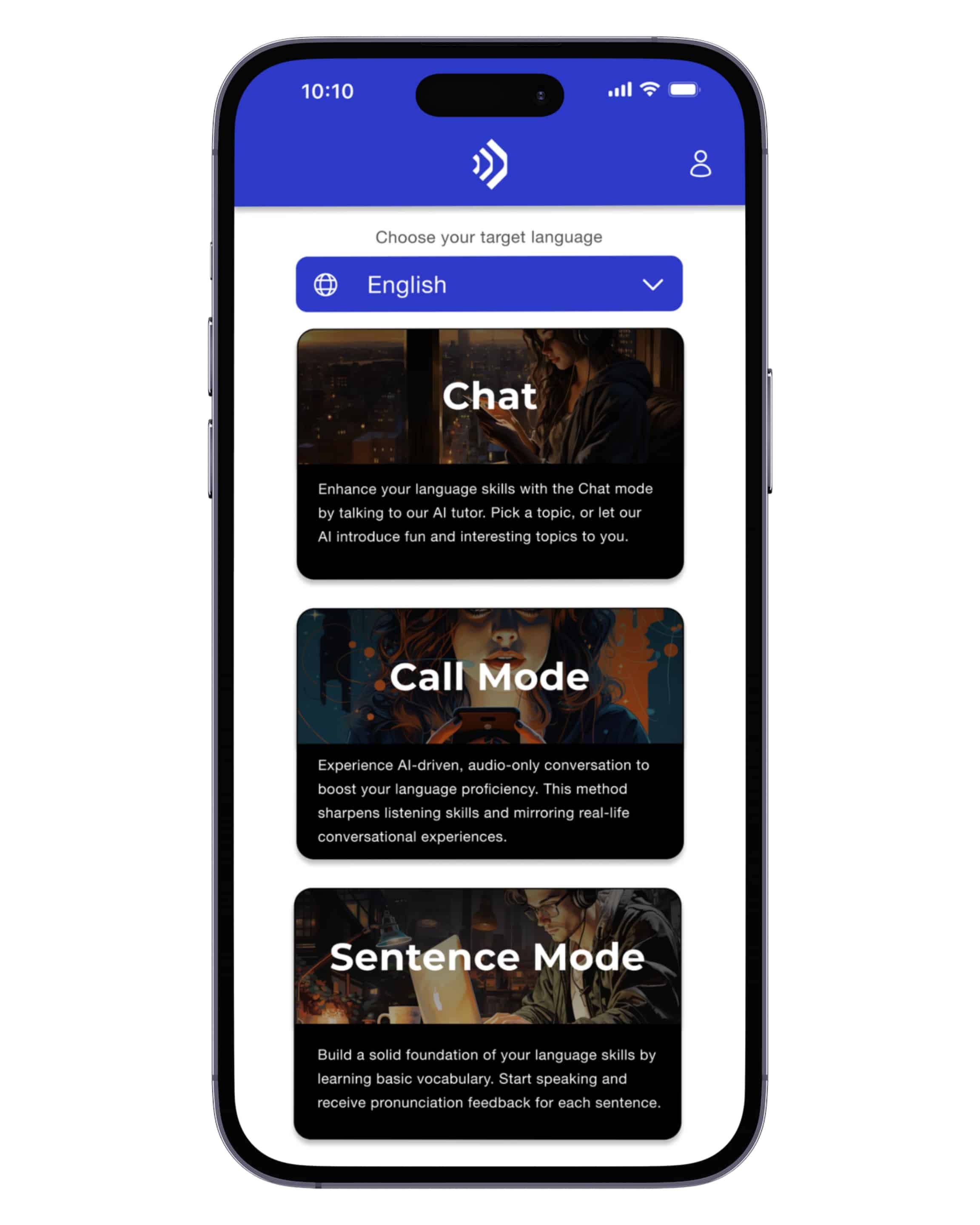Pick a language and start learning!
Pronomi oggetto Esercizi in lingua inglese

I pronomi oggetto sono fondamentali per costruire frasi fluide e naturali in inglese. Questi pronomi sostituiscono i nomi precedentemente menzionati o ovvi nel contesto, e si usano per evitare ripetizioni inutili. Ad esempio, invece di dire "I saw John and I talked to John", in inglese si direbbe "I saw John and I talked to him". Capire quando e come usare correttamente i pronomi oggetto è essenziale per migliorare la vostra padronanza della lingua inglese.
Nella lingua inglese, i pronomi oggetto includono "me", "you", "him", "her", "it", "us" e "them". Ognuno di questi pronomi ha un ruolo specifico e si usa in diverse situazioni a seconda del contesto grammaticale. Attraverso questi esercizi, avrete l'opportunità di praticare e rafforzare la vostra comprensione dei pronomi oggetto, migliorando sia la vostra comprensione scritta che orale. Approfondire l'uso dei pronomi oggetto vi aiuterà a comunicare in modo più preciso e naturale, rendendo le vostre conversazioni in inglese più fluide e meno macchinose.
Exercise 1
<p>1. Maria saw *him* at the cinema yesterday (pronomi oggetto maschile singolare).</p>
<p>2. Can you help *us* with our homework? (pronomi oggetto plurale di prima persona).</p>
<p>3. I gave *her* the book after class (pronomi oggetto femminile singolare).</p>
<p>4. They invited *me* to their party (pronomi oggetto di prima persona singolare).</p>
<p>5. We asked *them* for directions to the museum (pronomi oggetto plurale di terza persona).</p>
<p>6. She told *him* a secret (pronomi oggetto maschile singolare).</p>
<p>7. Please give *it* to the teacher (pronomi oggetto neutro singolare).</p>
<p>8. He brought *us* a gift from his trip (pronomi oggetto plurale di prima persona).</p>
<p>9. I will call *you* later tonight (pronomi oggetto di seconda persona singolare e plurale).</p>
<p>10. They saw *her* at the park this morning (pronomi oggetto femminile singolare).</p>
Exercise 2
<p>1. She loves *him* very much (pronome oggetto maschile singolare).</p>
<p>2. Can you help *me* with this task? (pronome oggetto prima persona singolare).</p>
<p>3. They invited *us* to the party (pronome oggetto prima persona plurale).</p>
<p>4. I saw *her* at the market yesterday (pronome oggetto femminile singolare).</p>
<p>5. The teacher gave *them* extra homework (pronome oggetto terza persona plurale).</p>
<p>6. Please give *it* to the cat (pronome oggetto per cose o animali non specificati).</p>
<p>7. He borrowed the book from *me* (pronome oggetto prima persona singolare).</p>
<p>8. We will meet *him* at the station (pronome oggetto maschile singolare).</p>
<p>9. She told *us* an interesting story (pronome oggetto prima persona plurale).</p>
<p>10. The manager wants to see *you* in her office (pronome oggetto seconda persona singolare).</p>
Exercise 3
<p>1. She gave *me* a gift on my birthday (pronome oggetto per "I").</p>
<p>2. Could you help *us* with this project? (pronome oggetto per "we").</p>
<p>3. They saw *her* at the park yesterday (pronome oggetto per "she").</p>
<p>4. The teacher asked *him* to read the passage aloud (pronome oggetto per "he").</p>
<p>5. I found *it* under the couch (pronome oggetto per "it").</p>
<p>6. We invited *them* to our party next weekend (pronome oggetto per "they").</p>
<p>7. She called *me* last night to discuss the plans (pronome oggetto per "I").</p>
<p>8. Can you lend *us* your notes from the lecture? (pronome oggetto per "we").</p>
<p>9. He gave *her* a flower from the garden (pronome oggetto per "she").</p>
<p>10. They watched *it* together on TV (pronome oggetto per "it").</p>






